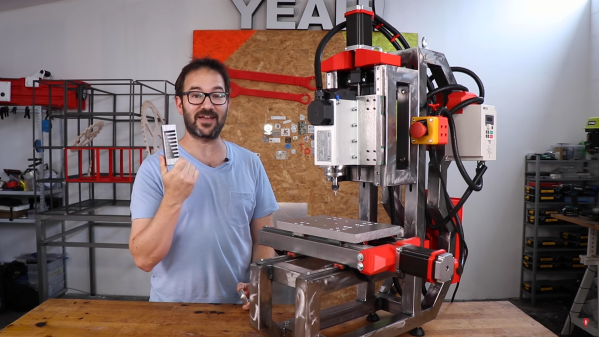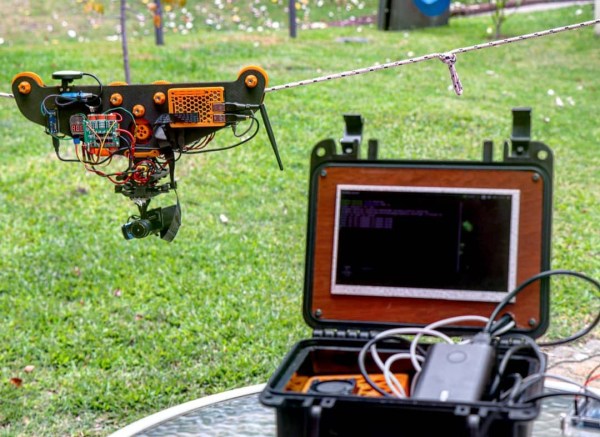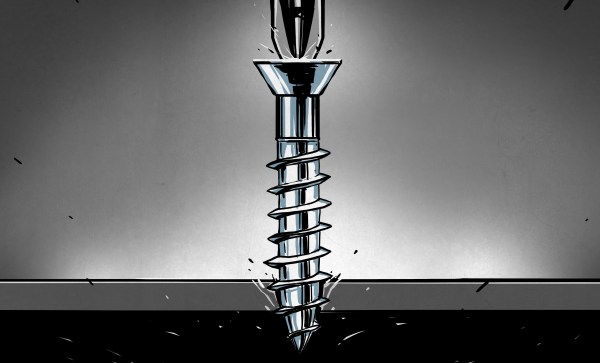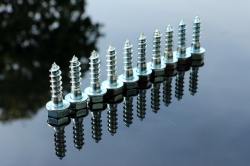We’ve always enjoyed having a few indoor plants around the Hackaday dungeon because they just make the days more cheerful. Apparently there’s a big craze for them right now, which has led to price increases of things like propagation stations — places where cuttings from mature plants go to grow a root system before getting planted in dirt. Many plants will root readily in water, and it’s better for them to start out this way because soil can come with a bunch of problems.
This goes really well with the older craze of Edison-style light bulbs. We’re glad we never bothered with those because [JGJMatt] says they don’t last long at all. The bulbs themselves are really nice looking, so [JGJMatt] decided to turn a few of them into hanging water propagation stations. After cleaning out the bulb and embiggening the opening, [JGJMatt] formed a holder by applying a torch to brass rod. This dulls the brass, so they shined it up with steel wool and some automotive polishing compound. Then it’s time for some simple macrame to hang it with, because it will soon be full of water.
Does the handle sound familiar? It ought to — [JGJMatt]’s elegant builds have graced these pages a few times before.



















